Is your story character-driven? Crafting compelling narratives begins with understanding the essence of character-driven storytelling. Whether you’re penning a novel, scripting a screenplay, or developing a game, the heart of great storytelling often lies in the depth of your characters. A character-driven story immerses readers in a world where personalities, motivations, and emotions take center stage, creating a profound connection with the audience. This guide delves into the intricacies of character-driven storytelling, exploring its definition, structure, and practical techniques to help you craft memorable characters and captivating plots. From analyzing iconic works like *Harry Potter* and *The Hunger Games* to dissecting the differences between character-driven and plot-driven stories, we’ll examine how to master the art of creating stories that resonate long after the final page. Let’s embark on this journey to unlock the power of character-driven storytelling and elevate your creative endeavors.
Key Takeaways
- Character-Driven Stories Center on Protagonists’ Journeys: Focused on internal growth, emotional arcs, and psychological exploration.
- Action-Driven Stories Thrive on External Challenges: Driven by plot progression and physical obstacles.
- Balancing Both Elements Creates Engaging Stories: Combines character depth with dynamic and compelling plots.
- ‘Gone Girl’ Demonstrates Character-Driven Success: Through detailed character motivations and emotional depth.
- ‘The Hunger Games’ Illustrates Plot-Driven Structure: Enhances narrative with strong character development despite a dominant societal framework.
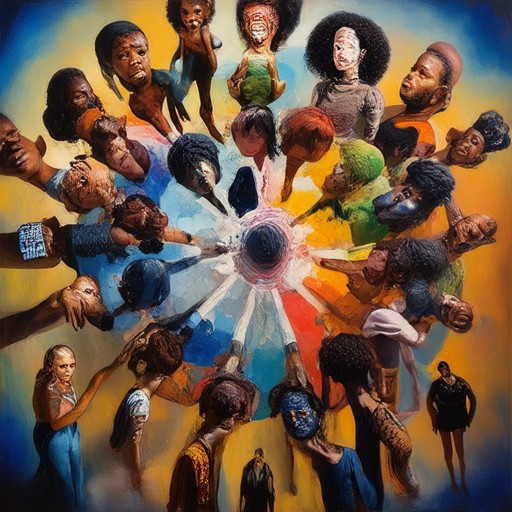
Is Harry Potter character-driven or plot-driven?
The Harry Potter series is widely recognized for its unique blend of both character-driven and plot-driven storytelling. To understand why, let’s break down what these terms mean in the context of fiction:
- Character-driven : Stories where the characters and their development take center stage, often leading the narrative through their personal growth, motivations, and relationships.
- Plot-driven : Stories focused on a central conflict or mystery that propels the action forward, with the characters existing primarily to advance the plot.
In J.K. Rowling’s Harry Potter universe, the series masterfully combines both approaches. The characters are deeply developed, each with their own arcs and motivations that influence the story’s direction. At the same time, the plot is driven by a grand narrative of good versus evil, with a series of challenges and discoveries that keep readers engaged.
Key aspects of the Harry Potter series that highlight this balance:1. Character Development : Harry, Ron, Hermione, and other key characters undergo significant personal growth throughout the series. Their friendships, struggles, and triumphs are integral to the story’s emotional core.2. Plot Progression : The series follows a clear trajectory, with major events like the discovery of Harry’s heritage, the battles against Voldemort, and the ultimate resolution at Hogwarts. These plot points are interconnected and drive the story forward.
By balancing character-driven dynamics with a compelling plot, Harry Potter appeals to a broad audience, making it a timeless tale of adventure, friendship, and resilience.
How to Tell If a Book Is Character-Driven or Plot-Driven
To determine whether a book is character-driven or plot-driven, consider the following key aspects:
- Focus of Storytelling :
- Character-Driven : The narrative centers on the internal lives, motivations, and relationships of the characters. It explores their personal growth and the impact of their decisions.
- Plot-Driven : The story progresses through a sequence of events and external conflicts, with less emphasis on character development.
- Pacing and Depth :
- Character-Driven : Often slower-paced, allowing for detailed exploration of characters’ thoughts, emotions, and backgrounds.
- Plot-Driven : Faster-paced, focusing on the progression of the storyline and external challenges.
- Themes :
- Character-Driven : Themes typically revolve around personal growth, relationships, and internal struggles.
- Plot-Driven : Themes may involve broader societal issues or global conflicts.
- Narrative Style :
- Character-Driven : Uses descriptive and introspective language to delve into characters’ perspectives.
- Plot-Driven : More action-oriented, focusing on the unfolding events and actions.
By evaluating these elements, readers can discern whether a book prioritizes character development or the progression of the plot.

What is the difference between character-driven and plot-driven shows?
The distinction between character-driven and plot-driven narratives lies in how the story unfolds and prioritizes its elements.
Character-Driven Shows
- Focuses on developing deep, multifaceted characters who drive the story forward.
- Emphasizes relationships, personal growth, and internal conflicts of the characters.
- Story events often stem from the characters’ actions, motivations, and interactions.
- Examples include shows like Parks and Recreation or Friends .
Plot-Driven Shows
- Places greater emphasis on a complex, intricate plot with significant events and twists.
- Relies on external forces, unexpected occurrences, or larger societal issues to advance the story.
- Story often revolves around a central conflict or mystery that shapes the narrative.
- Examples include series like Breaking Bad or Lost .
Comparison Grid
| Aspect | Character-Driven | Plot-Driven |
|---|---|---|
| Focus | Characters & Relationships | Plot & Conflict |
| Events | Character-driven | External & Intricate |
| Appeal | Deep, Relatable Characters | Thrilling, Unpredictable Plots |
Both approaches have their merits, offering unique experiences for audiences. Character-driven stories resonate with those who connect deeply with characters, while plot-driven narratives captivate those eager for suspense and surprise.
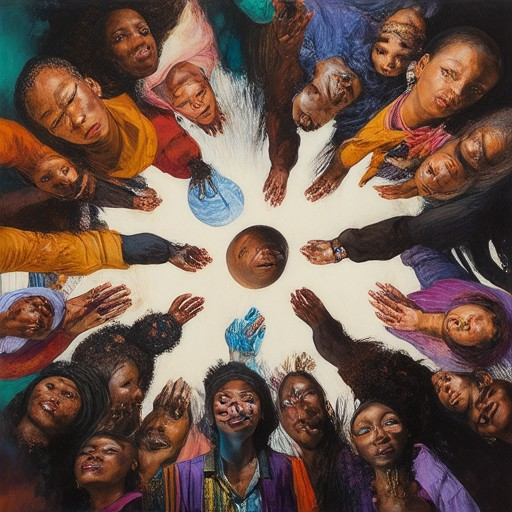
Understanding Character-Driven vs. Action-Driven Stories
In the realm of storytelling, two primary approaches dominate: character-driven and action-driven narratives. Understanding the distinction between these styles can help authors and readers appreciate the nuances of each.
Character-Driven Stories
A character-driven story places the protagonist at the center, focusing on their personal growth, motivations, and emotional journey. The narrative often explores internal conflicts, relationships, and psychological development. Key elements include:
- Focus on protagonist’s internal state and emotional arc
- Emphasis on dialogue and interactions to reveal character traits
- Story progresses through the character’s experiences and decisions
Action-Driven Stories
An action-driven story prioritizes plot progression and external events. The narrative moves forward through sequences of events, adventures, or conflicts. Key elements include:
- Focus on physical challenges and external obstacles
- Fast-paced sequences of events and actions
- Story progresses through a series of dramatic incidents
Comparison Table
| Aspect | Character-Driven | Action-Driven |
|---|---|---|
| Focus | Internal Conflict & Character Growth | External Events & Plot Progression |
| Pacing | Can be slower, focusing on introspection | Usually faster, driven by events |
| Themes | Psychological, relational | Adventure, conflict, triumph |
Both approaches have their merits, offering unique experiences for readers. A well-crafted story often blends elements of both, creating a compelling mix of character development and engaging action.
Want to dive deeper into crafting compelling stories? Explore our Guide to Storytelling Techniques for insights and tips to elevate your narrative.
What Is An Example Of A Character-Driven Story?
A character-driven story is a narrative where the personalities, motivations, and arcs of the characters take center stage, shaping the plot and themes. These stories often feel authentic because they focus on relatable human experiences and emotional growth.
One notable example of a character-driven story is Gone Girl by Gillian Flynn. In this novel, the protagonist, Nick Dunne, grapples with his wife Amy’s mysterious disappearance while uncovering her secrets. The story delves deeply into the psychology of both Nick and Amy, exploring their complex relationship and personal struggles. The narrative is propelled by the audience’s curiosity about the characters’ motivations and the intricate details of their lives.
Characteristics Of A Character-Driven Story
- Focus On Characters : The story revolves around the development and interactions of its characters.
- Emotional Depth : There is a strong emphasis on the emotional journey of the characters.
- Relatability : Characters often face challenges or dilemmas that resonate with the audience.
- Causality : The plot emerges naturally from the characters’ actions and decisions.
By focusing on the characters’ lives and choices, a character-driven story creates a compelling and immersive reading experience that keeps audiences engaged.
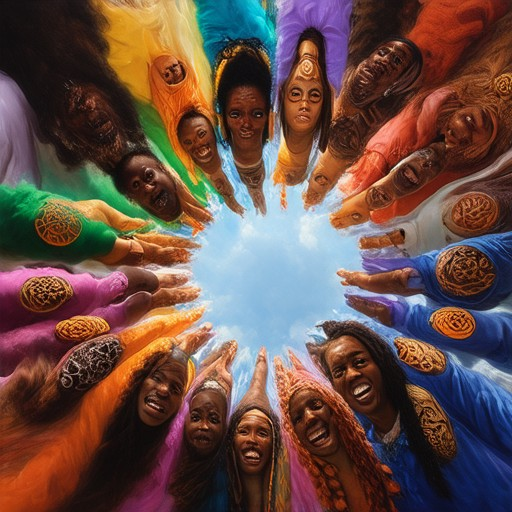
Is Hunger Games plot-driven or character-driven?
The Hunger Games by Suzanne Collins is primarily plot-driven, as the circumstances of the story take center stage, propelling the narrative forward. While the characters, particularly Katniss Everdeen, are well-developed and play crucial roles, the overarching plot of the games and the dystopian world dominate the story’s direction.
Plot-Driven Elements:
- The story is driven by external events and constraints imposed by the Capitol, such as the annual Hunger Games and the Districts’ reliance on Capitol aid.
- Katniss and the other Tributes are forced into roles they may not initially desire, making their actions reactive to the larger societal structure.
- The conflict and tension arise from the Capitol’s manipulation and the constant threat to the districts’ survival.
Character-Driven Elements:
- Despite the plot’s prominence, the characters, especially Katniss, undergo significant development and internal growth.
- Their relationships, struggles, and decisions add emotional depth to the story.
- The series explores themes of rebellion, sacrifice, and hope through the characters’ experiences.
In summary, The Hunger Games is predominantly plot-driven, with its narrative shaped by the oppressive societal framework and political dynamics. However, the characters’ journeys enrich the story, providing both conflict and compassion within the harsh world.

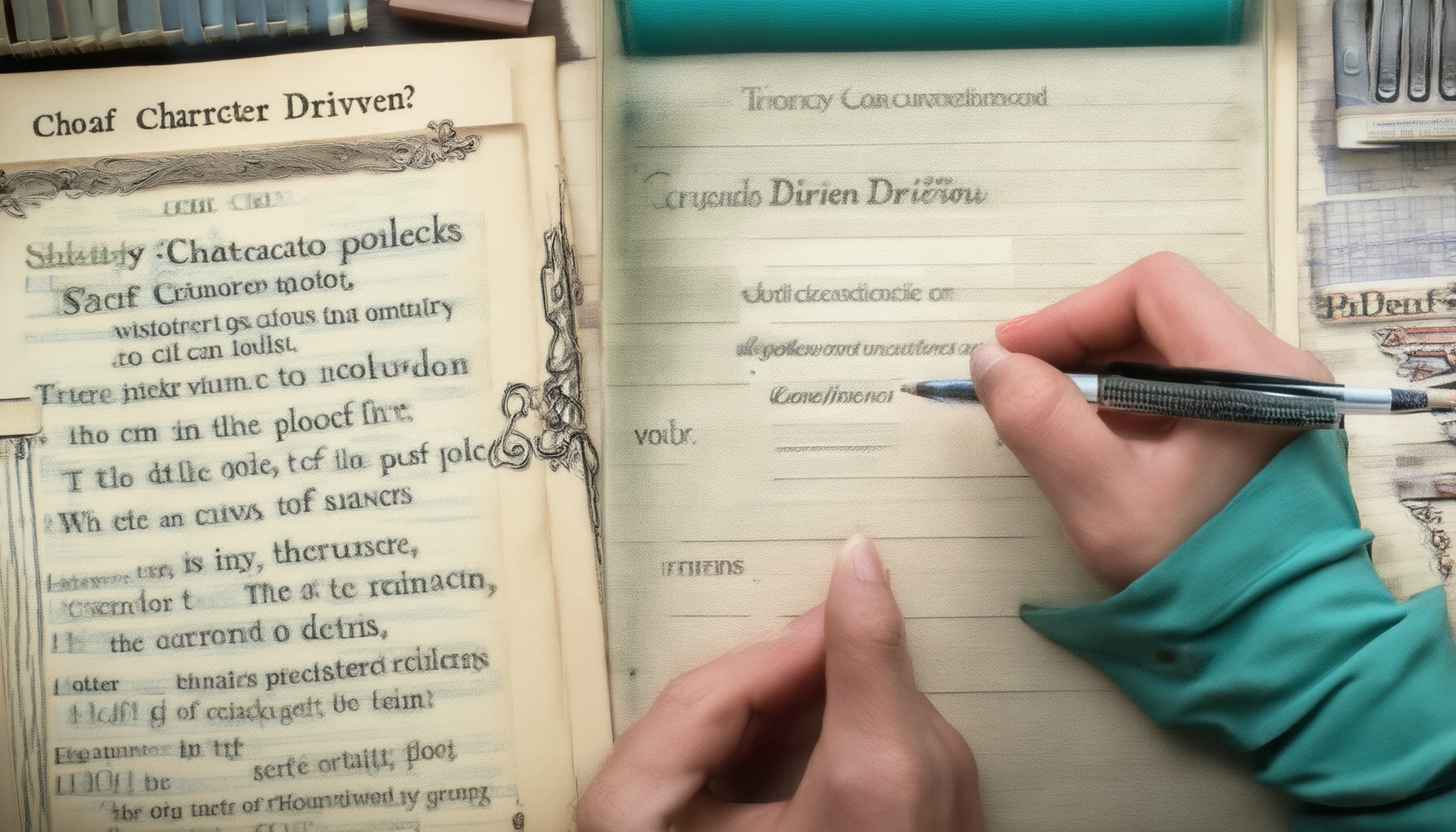
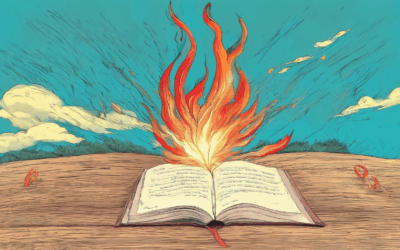


0 Comments